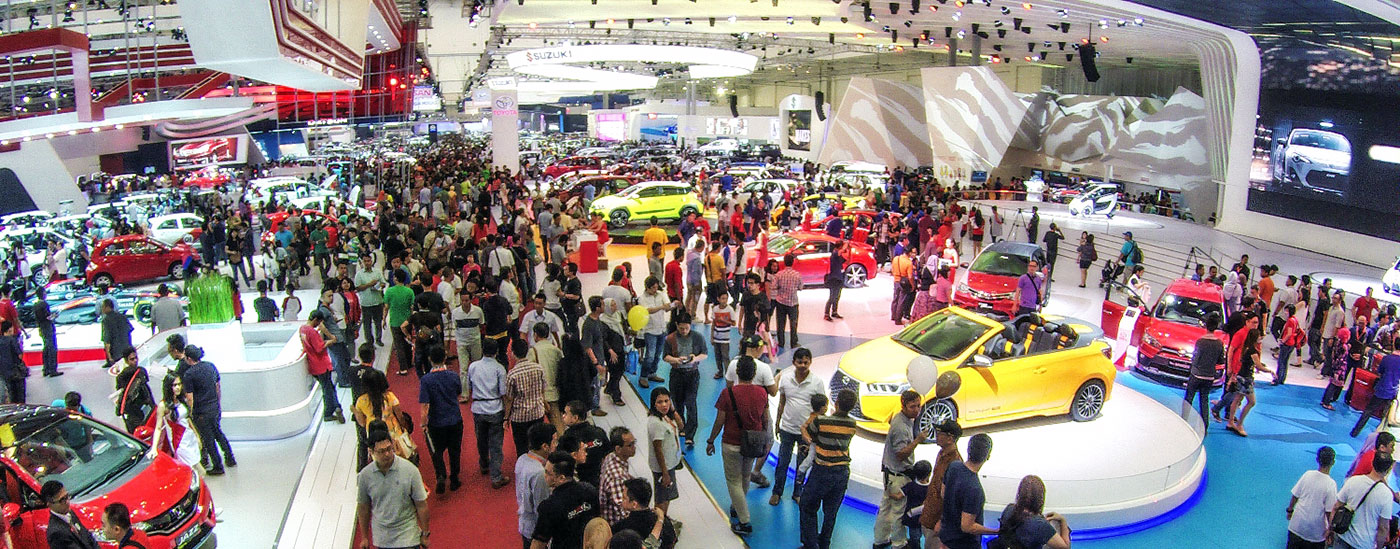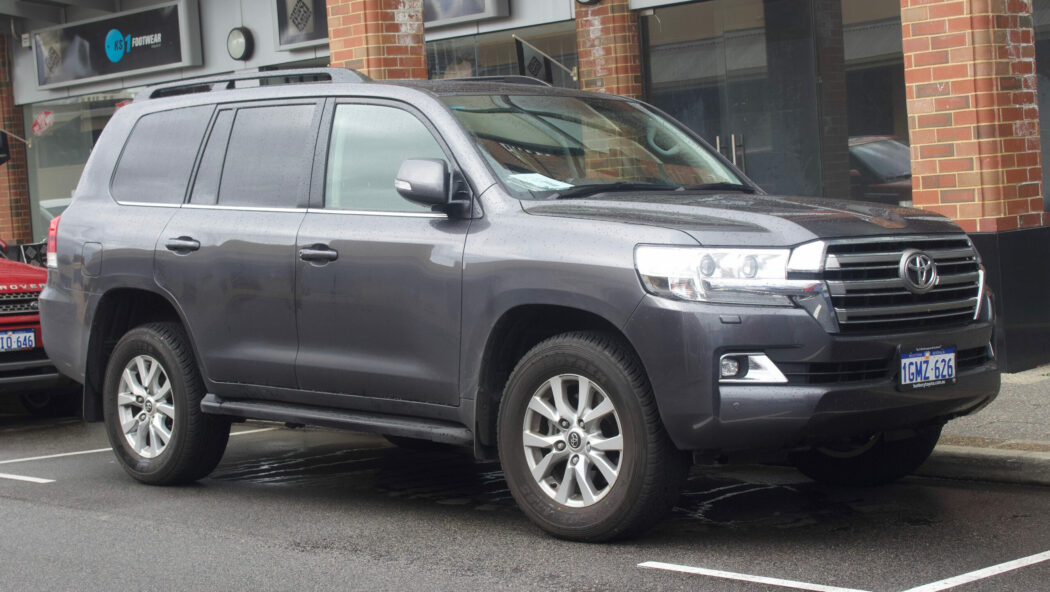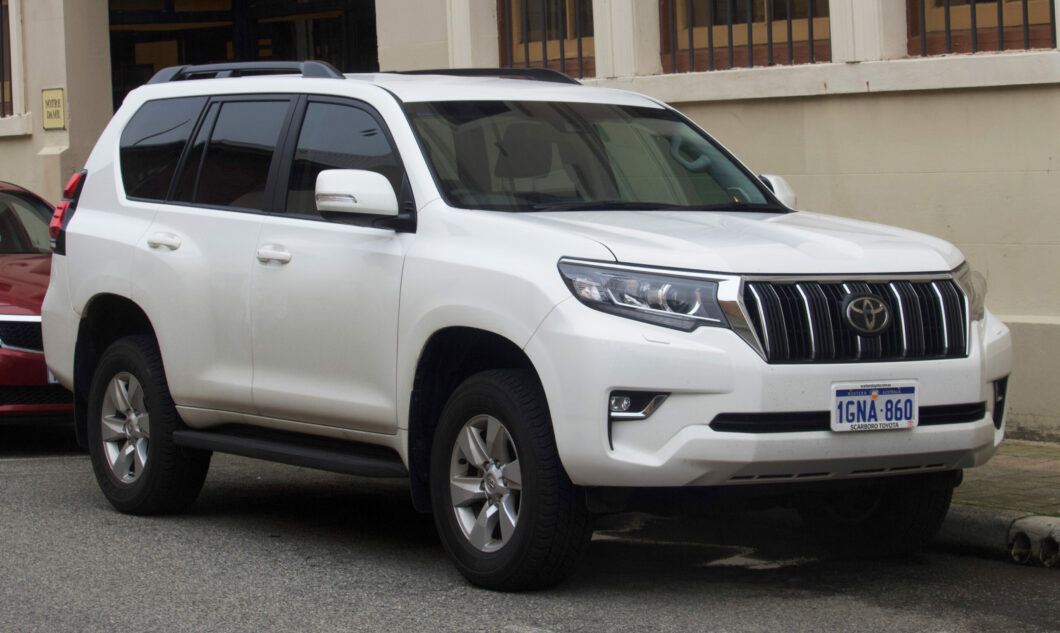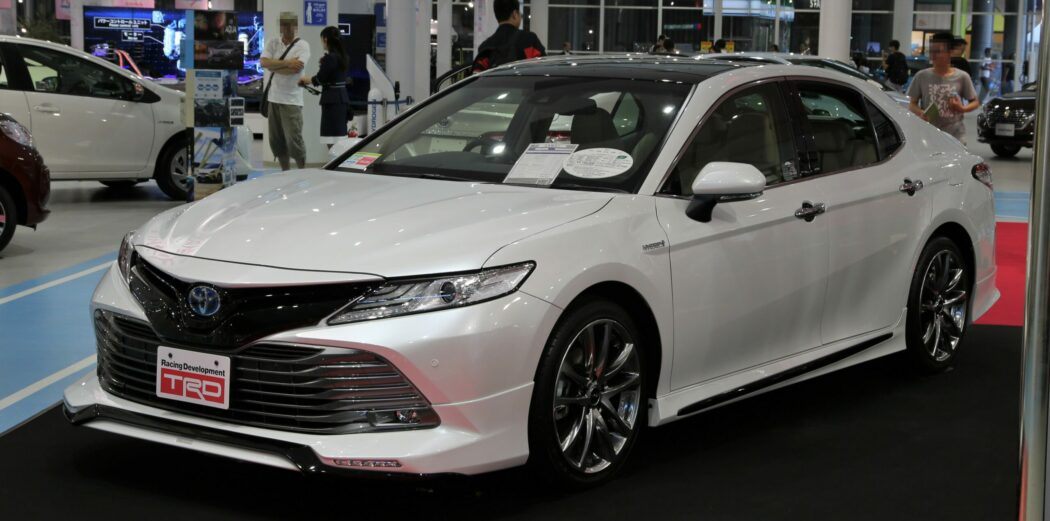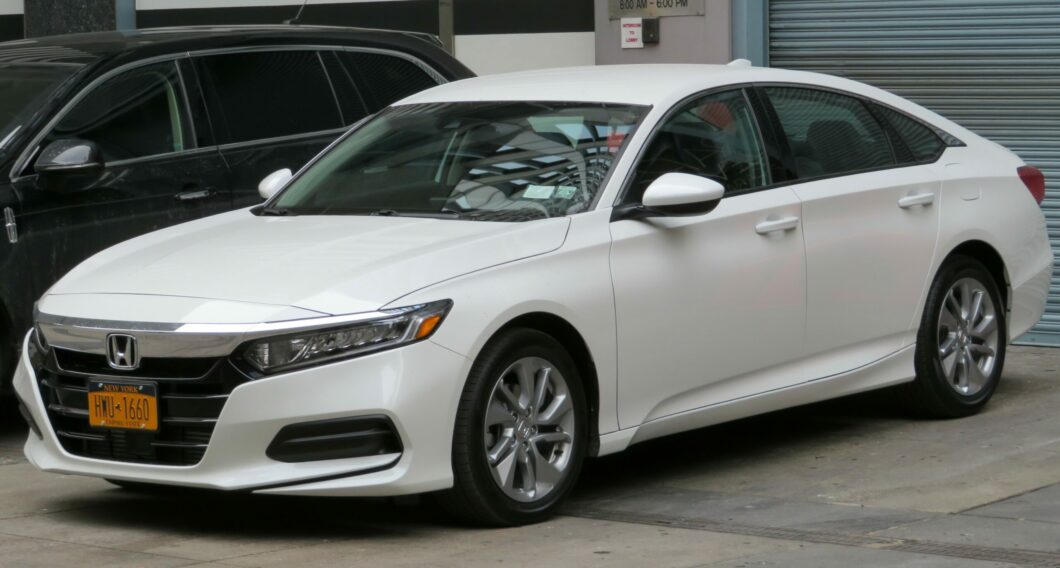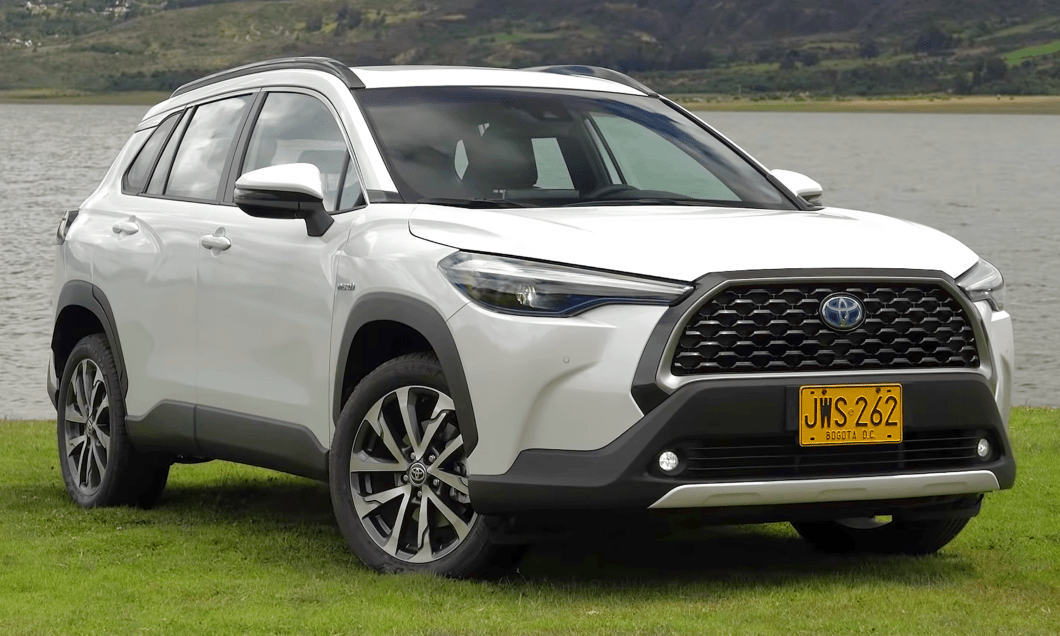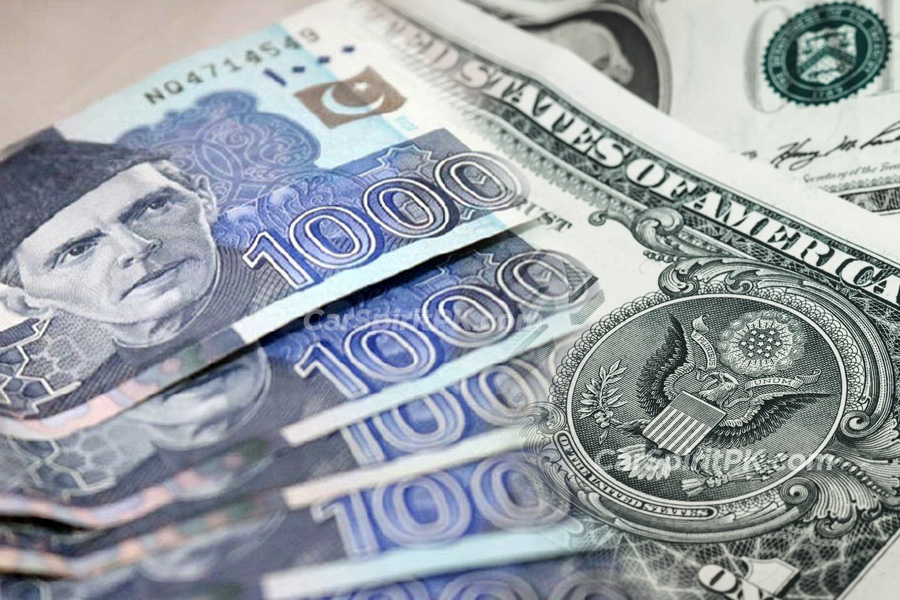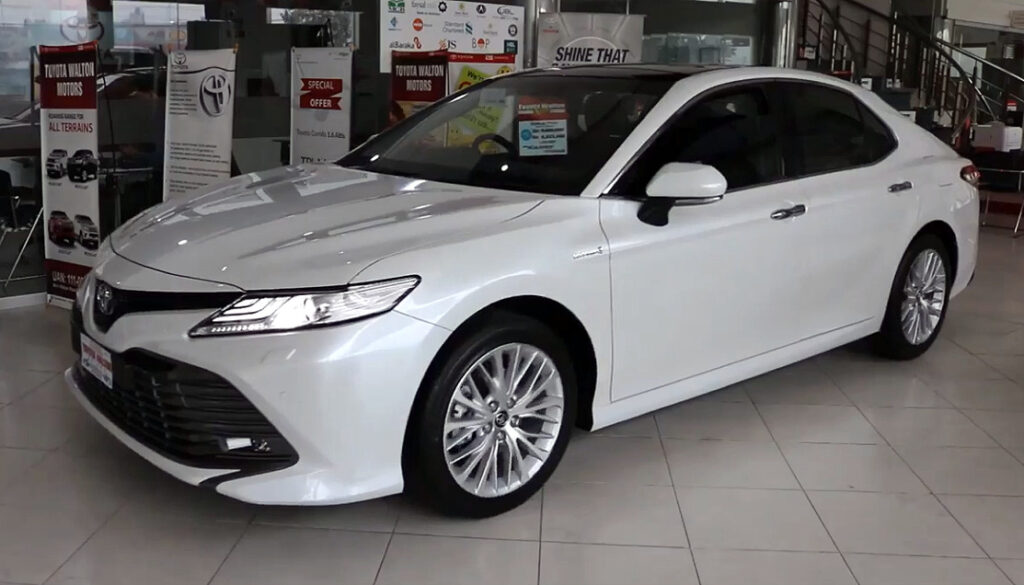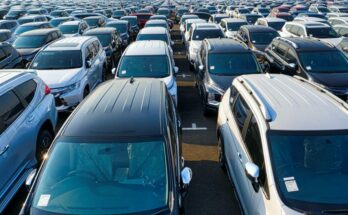Lately, the automotive scene in Pakistan is abuzz with news regarding the concessions given in the Financial Budget 2021-22 and in the new Auto Policy 2021-26. Everyone is rejoicing about these tax breaks given by the government that has enabled the prices of cars to come down probably for the first time in Pakistan’s automotive industry’s history.
Along with that, the launch of the new Hyundai Sonata has been a pleasant surprise. The pricing of this car has been kept very competitive. This is almost a first in Pakistan because usually the mentality is, “charge like there’s no tomorrow”. This car is a direct competitor of Toyota Camry and Honda Accord. It is priced well for our market at around PKR 6.4 to 7.1 million while its rivals, the Camry and Accord, are priced at PKR 18.63 million and PKR 11.9 million respectively. The reason that is given, as always, is that those two are CBU imports while the Sonata is a CKD, locally assembled car.
Related: Sonata- the First Local Assembled Hyundai to be Parallel With Global Model
But this got me thinking, is this generalization correct? Are new (zero meter) CBU imports really that much more expensive as we have been led to believe, especially by our local car companies? Other nations get part of their automobile lineups as CBU imports, even large-scale automobile manufacturing giants such as Indonesia and Thailand. So why is this very common practice in the auto industry so vehemently discouraged in Pakistan?
Let’s look at the prices for some new cars and SUVs imported by our local auto assemblers. The reason for talking about these companies specifically is because the price disparities I want to highlight are the greatest with new cars and SUVs that are being imported. As we shall see, the sale price difference for new imports, between Pakistan and other countries, is astonishing. The countries that I have chosen for this comparison are Indonesia, Thailand, Philippines and Vietnam.
Indonesia and Thailand, we know for a fact, are the de facto powerhouses of car manufacturing, especially for the two Japanese companies we will be discussing here; Toyota and Honda. Yet each country manufactures some models and imports others. Links have been provided to pages showing which vehicles each country manufactures in house and which they import, usually from each other, with exceptions for the Toyota Land Cruiser and Land Cruiser Prado which each country imports from Japan, same as Pakistan. It is also worth mentioning that Toyota, Honda and even Suzuki, here in Pakistan, import most of their CKD units from these two countries as well.
In Philippine’s case, all auto companies, that are operating within its borders selling passenger vehicles, are importers. Almost Nothing, especially in the cases of passenger cars/SUVs/MPVs etc., are made or assembled locally. In the case of Toyota and Honda and a few other brands besides, Philippines imports its cars from the same countries that Pakistan’s local assemblers import their CBU models and their CKD units from i.e., Indonesia, Thailand and Japan. Thus, it makes sense to compare the import prices of new cars and SUVs in Pakistan to a country that operates purely on imports in the passenger vehicle segment.
The last country that I have added to this comparison is Vietnam. Up until about 20 or 25 years ago, it did not have an indigenous automotive industry. However, since the establishment and promotion of their local industry they have really made significant progress. Like Pakistan, they too are concentrating fully on localization. In that regard they are focused purely on local assembly and manufacture. Their assembly and manufacturing numbers are still very low; however, they are the fastest growing market in their region currently. One other area where they have Pakistan beat, hands down, is in the promotion and support of local automotive brands. Never in Pakistan’s history have any local brands been promoted or supported (remember Proficient or Adam Motors anyone?)
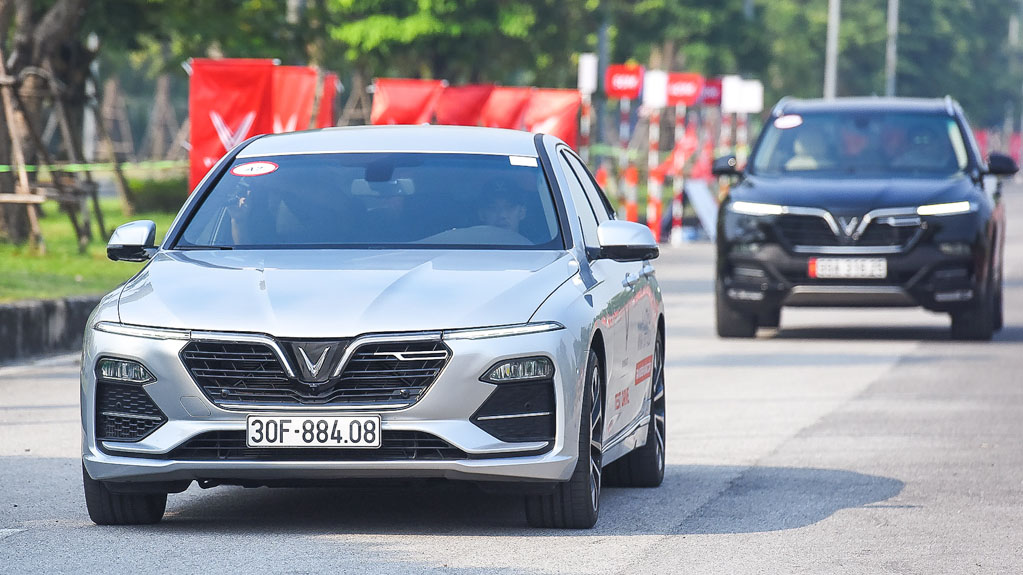
Vietnam’s latest automotive brand is called Vinfast. Vinfast acquired the local assets from General Motors in Vietnam where they now assemble GM passenger cars and have used the technology to make their own local cars and SUVs. These have been displayed in the Geneva Motor show generally to very positive reviews and reactions. They even have an Electric SUV in their lineup.
Related: Vietnam’s VinFast Developing 11 New Models
To promote its local auto industry, Vietnam has imposed an extremely high rate of tax on imported vehicles. Even so, companies that operate within its borders are allowed to have imported new vehicles in their lineups. They import cars and SUVs such as the Camry, Accord and the Land Cruiser/Prado. Thus, the reason for Vietnam’s inclusion in this comparison.

Like I said in the beginning of this article, in contrast to all of this, imports have been completely side tracked and demonized in Pakistan for some reason. Why does Pakistan’s government have this attitude towards imports? Why avoid them like a plague?
Related: Car Prices Reduced Amid Tax Cuts
Imports are a big part of any industry including the automotive industry. To put it simply, any company would take the route of importing a product if that product has demand in a certain area, however, that demand does not warrant the establishment of a local factory in that area/country. Or, if any company already has well established assembly or manufacturing facilities in countries that cater to all the requirements of whole regions; in such cases, establishing additional assembly or manufacturing lines just to cater for a very small demand from a very small market would not seem like a wise investment for any company. They will avoid it where possible. It is simply a game of consolidation, cost cutting and achieving maximum profitability.
- Philippines – Imported Toyota Vehicles List
- Thailand Toyota Vehicle List – Imported and Local Made
- Indonesia Toyota Vehicle List – Imported and Local Made
- Toyota Indus Motors
- Japan Toyota – Land Cruiser Price List
- Japan Toyota – Land Cruiser Prado Price List
- Philippines Toyota – Price List
- Philippines Honda – Price List
- Thailand Toyota – Price List
- Thailand Honda – Price List
- Indonesia Toyota – Price List
- Indonesia Honda – Price List
- Vietnam Toyota – Price List
- Vietnam Honda – Price List
In the latest auto policy in Pakistan, concessions have been given to local cars. However, new imports which our local auto companies have on their books, have been completely ignored. Let’s compare the prices of new, zero meter, imports in Pakistan with these other nations. Nations where these same products are imported from the same countries from whom Pakistan imports its CBU units. This is to highlight, what is to me, an alarming price disparity between Pakistan and other countries doing fundamentally the same thing/business.
Related: Imported Cars That Are Launched For Nothing
I will not list each and every car and SUV as that will make thing very long and tedious. I will try to be concise. For the sake of simplicity, all prices will be represented in PKR. As always, links are given to the price lists if anyone is interested for verification. I will start off our journey with the darling of the elite class in Pakistan. This is the vehicle you buy to show your Wealth and Power. Of course I am talking about the Toyota Land Cruiser, the SUV which is imported from Japan in the Philippines and in Vietnam just like it is done in Pakistan.
TOYOTA LAND CRUISER PETROL: Imported from JAPAN by Philippines, Vietnam and Pakistan.
| Country | Vehicle Name and Model (NOTE: Names vary depending on country. Specs of vehicles are the same or similar.) | Sale price in countries where it is imported |
| Philippines | Land Cruiser LC 200 Premium | PKR 15.97 million |
| Vietnam | Land Cruiser | PKR 27.97 million |
| Pakistan | Land Cruiser VX A/T Petrol | PKR 52.65 million |
| Price Difference Between Pakistan and Philippines | PKR 36.68 million | |
| Price Difference Between Pakistan and Vietnam | PKR 24.68 million | |
The same SUV, being imported from the same country, Japan, is PKR 36.68 million cheaper in Philippines and is PKR 24.68 million cheaper in Vietnam when compared to its Pakistani price. I should also add here that Vietnam has one of the highest rates of taxes on imports. Yet, even in comparison to them, the price of the Land Cruiser in Pakistan boggles the mind.
Similarly, below are some other, very relevant examples of how much more expensive new imported vehicles are in Pakistan.
TOYOTA PRADO DIESEL: Imported from JAPAN by Philippines, Vietnam and Pakistan.
| Country | Vehicle Name and Model (NOTE: Names vary depending on country. Specs of vehicles are the same or similar.) | Sale price in countries where it is imported |
| Philippines | Land Cruiser Prado Diesel A/T | PKR 13.4 million |
| Vietnam | Land Cruiser Prado 2.8L Petrol | PKR 16.51 million |
| Pakistan | Land Cruiser Prado 3.0 Diesel Turbo A/T | PKR 39.27 million |
| Price Difference Between Pakistan and Philippines | PKR 25.87 million | |
| Price Difference Between Pakistan and Vietnam | PKR 22.76 million | |
It should be noted that the model sold in Vietnam is the 2.8L petrol version. Even so, looking at the price difference, things still seem off.
TOYOTA CAMRY HYBRID: Imported from THAILAND by Indonesia, Philippines, Vietnam and Pakistan.
| Country | Vehicle Name and Model | Sale price in countries where it is imported |
| Indonesia | Camry Hybrid | PKR 9.22 million |
| Philippines | Camry Hybrid | PKR 6.63 million |
| Vietnam | Camry Non-Hybrid Not Applicable to this comparison | PKR 8.57 million |
| Pakistan | Camry Hybrid | PKR 18.63 million |
Again, hybrid or non-hybrid, the price difference is astounding.
HONDA ACCORD: Imported from THAILAND by Indonesia, Philippines, Vietnam and Pakistan
| Country | Vehicle Name and Model | Sale price in countries where it is imported |
| Indonesia | Accord 1.5 Turbo | PKR 7.92 million |
| Philippines | Accord 1.5 Turbo EL | PKR 7.36 million |
| Vietnam | Accord 1.5L Turbo | PKR 9.22 million |
| Pakistan | Accord 1.5 Turbo | PKR 12 million |
HONDA CR-V: Imported from THAILAND by Philippines, Vietnam and Pakistan.
| Country | Vehicle Name and Model | Sale price in countries where it is imported |
| Philippines | CR-V 2.0 S CVT | PKR 5.36 million |
| Vietnam | CR-V 1.5 Turbo CVT | PKR 7.31 million |
| Pakistan | CR-V 2.0 | PKR 10.7 million |
TOYOTA RUSH: Imported from INDONESIA by Philippines, Vietnam and Pakistan.
| Country | Vehicle Name and Model | Sale price in countries where it is imported |
| Philippines | Rush AT | PKR 3.51 million |
| Vietnam | Rush AT | PKR 4.4 million |
| Pakistan | Rush AT | PKR 5.84 million |
TOYOTA COROLLA CROSS HYBRID: Imported from THAILAND by Indonesia and Vietnam (Non- Hybrid Versions only) and by Philippines and Pakistan (Hybrid Version only)
| Country | Vehicle Name and Model | Sale price in Country of Manufacture – THAILAND | Sale Price in Countries where it is imported |
| THAILAND | Corolla Cross Premium Hybrid | PKR 5.32 million | |
| Indonesia | Corolla Cross 1.8 (non-hybrid version only) | PKR 5.1 million | |
| Vietnam | Corolla Cross 1.8G (non-hybrid version oOnly) | PKR 5 million | |
| Philippines | Corolla Cross 1.8 Hybrid | PKR 5.26 million | |
| Pakistan | Corolla Cross Premium Hybrid | PKR 8.4 million | |
(Note: It must be made clear that Philippines does offer special subsidies on hybrid and Electric vehicles.)
From the examples above, we can undoubtedly see that there is a clear disproportion between the sales prices of these imported vehicles in other countries compared to what is being charged here in Pakistan. The government must monitor by appointing an autonomous body to makes sure that the profit margins charged by the companies are not unfair and exploitative. Every nation has such entities monitoring their industries and businesses. How can Pakistan start monitoring these companies? It is very simple and the government has already laid down the ground work for such a price monitoring body.
If you remember a few months back there was a well-publicized issue with MG regarding the SUVs they were importing into Pakistan. There was a discrepancy between the actual values and declared values. The government agencies involved did an outstanding job of exposing the wrong doing and getting to the underlying truth.
Related: Assessable Customs Value of MG Vehicles Increased by 14.5%
That means the ground work has already been laid. Such methodologies can and should be applied to our local companies who are allowed to import CBU modes for the local market. The government must make sure that the companies are not over charging for their products. Their prices must be made sure to be in keeping with the rest of the region. Whatever product that they are currently selling which are overpriced (Toyota Land Cruiser, Toyota Land Cruiser Prado, Toyota Camry Hybrid and Honda Accord to name a few), these companies must be strictly questioned and asked to provide proper, verifiable, justification for their astronomical profit margins.
If on the other hand it is revealed that government taxes are also as much to blame for the exorbitant prices of these vehicles, then the government must pull-up its sleeves and get down to work to correct the issue and work to bring down such high tax rates. With all respect, it will turn in to the ultimate hypocrisy if the government wants to advertise its part in promoting the auto industry in Pakistan, yet it might itself, be the one not allowing the industry to achieve its full potential just because it has not addressed vital tax issues.
Related: Auto Parts Makers Unhappy with New Auto Policy
However, the duties of such a body/institution must not be limited to CBU units only. In the interest of fairness and fair play, such institutes must also monitor the prices of the CKD local assembled units as well. With the current new auto policy and the tax breaks granted in the budget 2021-22, the government has extended their hand in good faith to the local automotive assemblers for the betterment of the nation. They must ensure that the auto companies are doing their part. To ensure fair play and fair pricing, the government using the same automotive pricing monitoring body mentioned above, can:
- Monitor the prices of CBU and CKD kits imported by the auto companies
- Monitor the prices of any parts procured from local vendors for local assembly (where applicable)
- Monitor/calculate the total assembly cost of any local passenger vehicle
- Monitor the asking price given for such passenger vehicles for the consumer (in both cases, CBU and CKD)
- Monitor the percentage of the profit margins
- If need be, cap profit margins in order to ensure fair price of vehicles in the market and to bring prices to a level that brings maximum number of people under the car buying umbrella.
Right now, people are rejoicing because, for the first time in Pakistan, prices in the local market have come down. Do not get me wrong, I too, am pleasantly surprised at this development. However, on a personal note, I equate the discounts or price reductions to the “5 rupay ki bachat” discount, the soft drink companies give during the month of Ramzan. The discount is not enough to entice those who cannot afford them, to come and buy them; but it is enough to give anyone who can buy them a sense that they are getting a good deal.
Related: Impact of Price Reductions on Used-Cars
The discount in the prices will cause some increase in the sales numbers. However, these discounts have not changed the pricing segments of the cars as a whole. Small compact sedans, which are strictly middle-class motoring for the masses in most of the comparable nations to Pakistan in the region, are still considered premium here in Pakistan. Small entry level hatchbacks which are strictly cheap motoring in all our neighboring countries are still considered middle to upper middle class here in Pakistan. Even the cheapest cars are still out of reach for most people to consider upgrading to from their motorcycles.
The innovation and progress which the government is seeking to achieve can only be had when it makes it easier and cheaper for people to migrate to better means. So far, these prices cut and policies are not achieving that. As we have shown above, whole segments and their prices are completely ignored. We must be fair and the government must be vigilant about this. We must remember the track record of our local companies who are always quick to increase the prices of their products but do not decrease them when the dollar rate goes down.
The prices of the vehicles, just before this discount, were at the rate they were when the Dollar to PKR rate was at its highest last year i.e., Rs. 168 to a Dollar. Even when the rupee gained ground against the dollar and the rate dropped to Rs. 150 against a Dollar, the car prices were not reduced. Even now with the exchange rate being 159.35 to a dollar, the prices of cars remained at the rate they were when the dollar was Rs 168.
Related: Car Price Comparison: When Dollar was Rs 152+/-
This current discount does not even begin to make a dent in that price hike. Thus, in the name of fairness, what I’m proposing here is not something farfetched or outrageous. It is simply to ensure a fair market for both consumers and companies.
- The government and local automakers must also realize, by bringing down the prices they will increase the number of car buyers. That this something which goes in their favor.
- The government must also look into the prices of the CBU units sold by the companies and inquire about their obscene prices. Along with that, it must also, vigilantly, monitor the prices of locally assembled CKD units.
Now that the government has given these incentives to these companies, it must not leave it at that. It must make sure that automakers are playing fair and pricing their products fairly. If the government wants to make this thing work, it has to put in the work.
Contributed by: Muhammad Ali Khan– A guy who is passionate about cars and concerned about the state of the auto sector in the country. 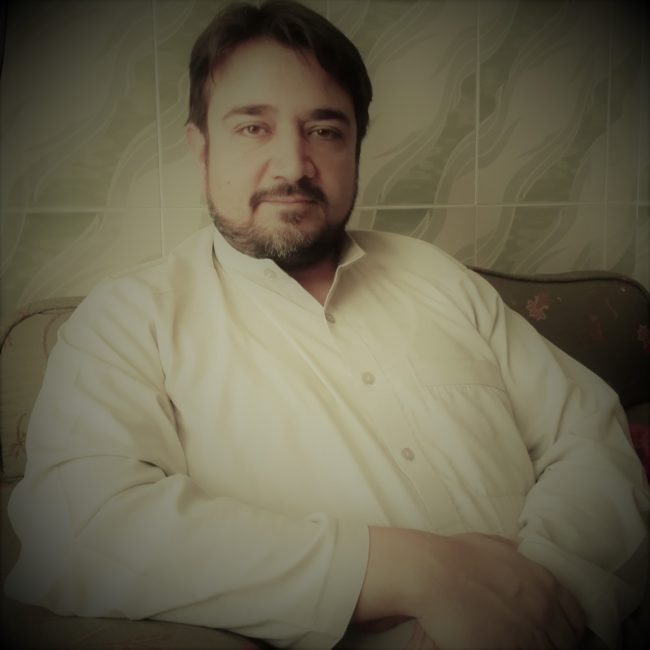

CarSpiritPK welcomes Guest Posts. If you have the ability to generate quality content and can write some relevant and useful piece of information to be shared with our readers, feel free to contact us at: [email protected] Send you emails titled as (Guest Post submission)

